- Joined
- Oct 9, 2007
- Messages
- 47,904 (7.37/day)
- Location
- Dublin, Ireland
| System Name | RBMK-1000 |
|---|---|
| Processor | AMD Ryzen 7 5700G |
| Motherboard | Gigabyte B550 AORUS Elite V2 |
| Cooling | DeepCool Gammax L240 V2 |
| Memory | 2x 16GB DDR4-3200 |
| Video Card(s) | Galax RTX 4070 Ti EX |
| Storage | Samsung 990 1TB |
| Display(s) | BenQ 1440p 60 Hz 27-inch |
| Case | Corsair Carbide 100R |
| Audio Device(s) | ASUS SupremeFX S1220A |
| Power Supply | Cooler Master MWE Gold 650W |
| Mouse | ASUS ROG Strix Impact |
| Keyboard | Gamdias Hermes E2 |
| Software | Windows 11 Pro |
Although AMD's upcoming socket AM4 heralds new lines of processors and APUs based on the company's next-generation "Zen" CPU micro-architecture, some of the first APUs will continue to be based the current "Excavator" architecture. The "Bristol Ridge" is one such chip. It made its mobile debut as the 7th generation A-Series and FX-Series mobile APUs, and is en route to the desktop platform, in the AM4 package. What sets the AM4 package apart from the FM2+ package, and in turn "Bristol Ridge" from "Carrizo" is that the platform integrates even the southbridge (FCH) into the APU die. This could explain the 1,331-pin count of the AM4 socket.
The "Bristol Ridge" silicon is likely built on the existing 28 nm process. That's not the only thing "current-gen" about this chip. Its CPU component consists of two "Excavator" modules that make up four CPU cores, with 4 MB total cache; and its integrated GPU will likely be based on the Graphics CoreNext 1.2 "Volcanic Islands" architecture, the same one which drives the "Tonga" and "Fiji" discrete GPUs. The integrated memory controller supports dual-channel DDR4 memory. In its performance benchmarks, an AM4 APU based on the "Bristol Ridge" silicon was pitted against older 6th generation APUs, in which it was found to be as much as 23 percent faster.
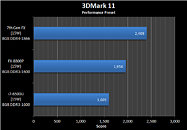
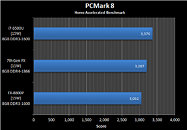
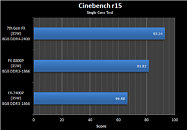
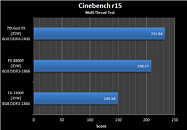
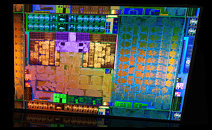
View at TechPowerUp Main Site
The "Bristol Ridge" silicon is likely built on the existing 28 nm process. That's not the only thing "current-gen" about this chip. Its CPU component consists of two "Excavator" modules that make up four CPU cores, with 4 MB total cache; and its integrated GPU will likely be based on the Graphics CoreNext 1.2 "Volcanic Islands" architecture, the same one which drives the "Tonga" and "Fiji" discrete GPUs. The integrated memory controller supports dual-channel DDR4 memory. In its performance benchmarks, an AM4 APU based on the "Bristol Ridge" silicon was pitted against older 6th generation APUs, in which it was found to be as much as 23 percent faster.





View at TechPowerUp Main Site





